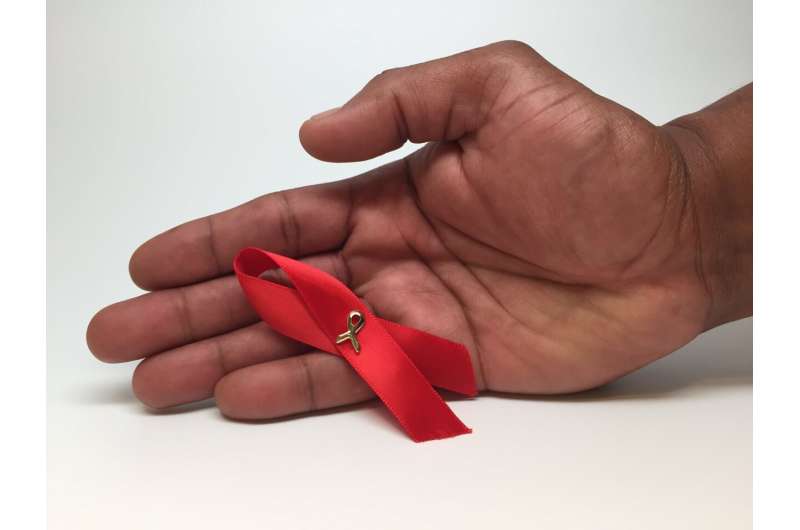
Among people with HIV worldwide who are receiving antiretroviral therapy (ART), adults are getting closer to the global target of 95% achieving viral suppression, but progress among children and adolescents is lagging and long-term viral suppression among all groups remains a challenge. These findings of a study funded by the National Institutes of Health suggest that substantial efforts are needed to help people with HIV durably suppress the virus. The findings were published today in the journal The Lancet HIV.
People with HIV who achieve viral suppression protect their immune health and prevent transmitting HIV to others. In 2014, the Joint United Nations Programme on HIV/AIDS (UNAIDS) set a goal of 95% of all people with HIV who are taking ART achieving viral suppression by 2030.
Scientists from the National Institutes of Health-funded International epidemiology Databases to Evaluate AIDS (IeDEA) consortium set out in 2020 to estimate how close the world is to achieving that goal. The study was led by Win Min Han, M.B.B.S., M.Sc., a Ph.D. student-researcher at the Kirby Institute of the University of New South Wales in Sydney, Australia; Azar Kariminia, Ph.D., a senior lecturer at the Kirby Institute; and Matthew G. Law, Ph.D., head of the Biostatistics and Databases Program and professor of biostatistics at the Kirby Institute. Funding for IeDEA comes from the National Institute of Allergy and Infectious Diseases (NIAID), part of NIH, and from eight other NIH institutes and centers.
The investigators analyzed data from 148 IeDEA treatment sites in 31 countries on five continents to estimate the proportions of children, adolescents and adults who were virally suppressed one, two and three years after initiating ART. The data came from more than 21,500 children and adolescents with HIV aged 17 years or younger and more than 255,000 adults with HIV, all of whom had begun receiving ART between 2010 and 2019. Viral suppression was defined as having fewer than 1,000 copies of HIV per milliliter of blood.
The researchers calculated the percentages of children and adults who were virally suppressed based on data from those who were alive, in follow-up, and had viral load measurements for up to three years of ART. To further estimate viral suppression among people who had fallen out of HIV care during a three-year interval, the investigators looked to a Zambian study of viral suppression rates in a similar population and calculated an adjustment to viral suppression rates in the IeDEA population.
Source: Read Full Article